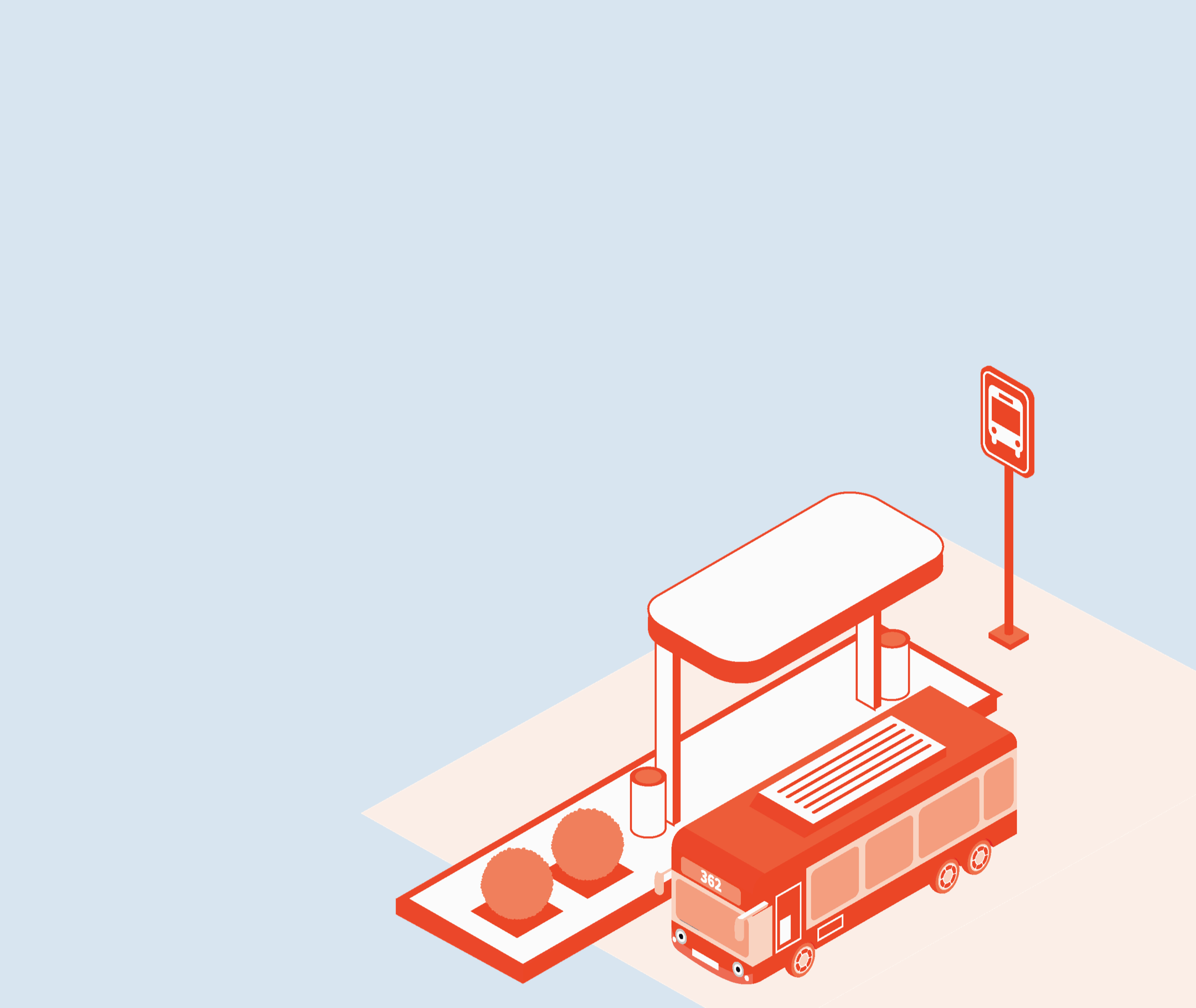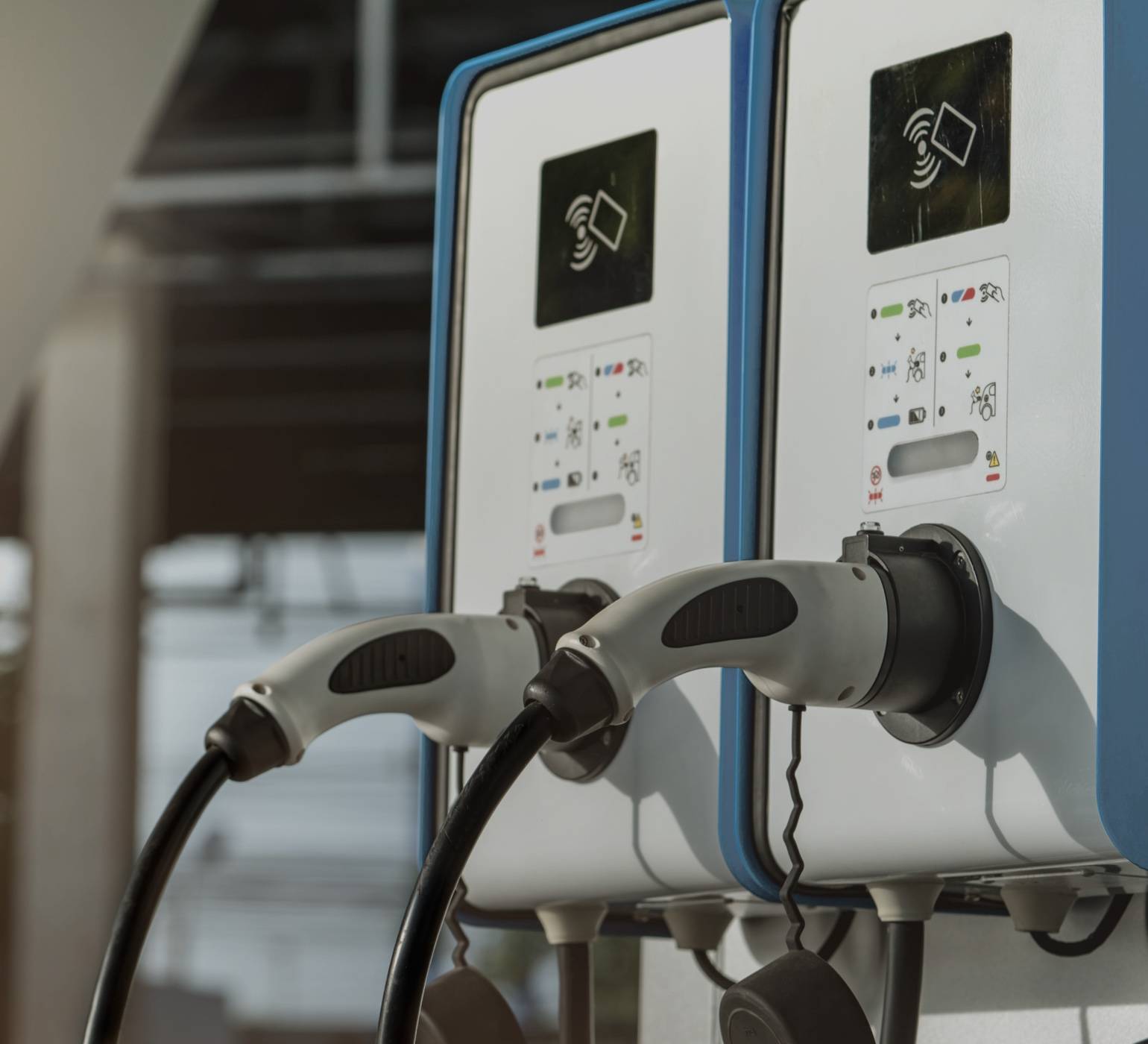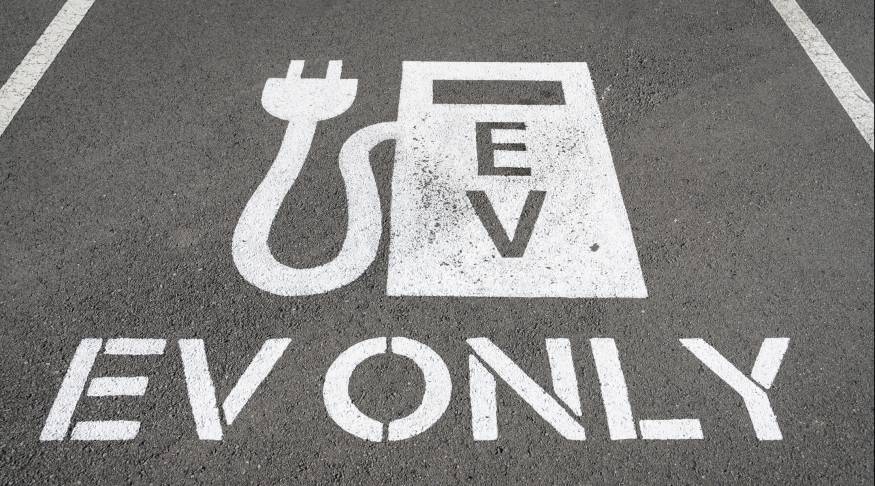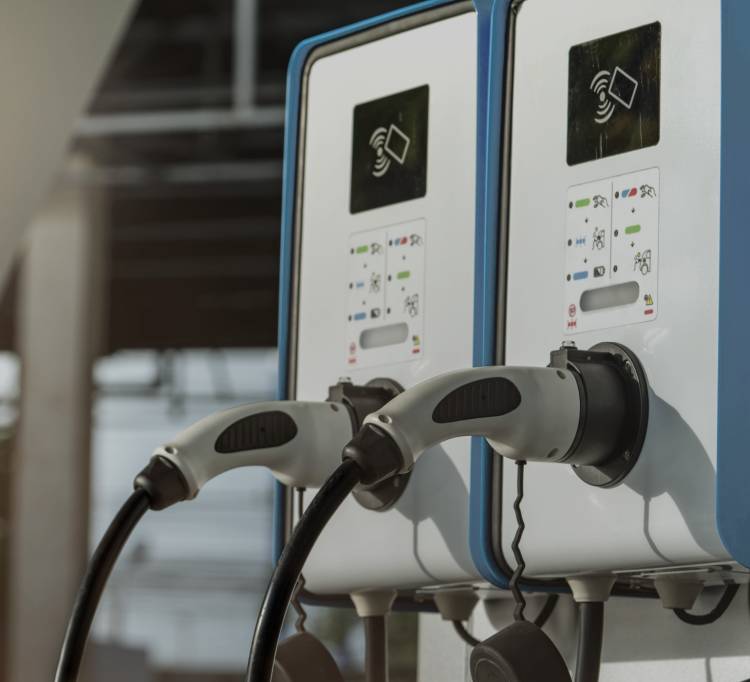
FULL INSIGHTS
This is a condensed version of our insights. Download the full version with additional research and materials.
Download


Project Director
Kristian is the Project Director across Power, Communications & Utility sectors in applications where power, IT, security and continuity are essential. His particular talent is looking for opportunities to bring in associated technologies or systems across multi-disciplinary teams, and is a champion of disruptive technology.
Kristian Jensen


Back to main

The replacement of fossil fuels will require a complementary upgrade of the electric network to generate and transfer the energy to the buses and other low emission transport systems. The real challenge is not ‘Can we do it?’, but rather ‘How do we do it in a phased, sustainable transition that encourages growth and provides direction to the economy, without disruptive shock and discontinuity. After all, it’s not sustainable if we can’t sustain the people who use it – and we all need employment in an economy where you can plan for the future.
“ The real challenge is not ‘Can we do it?’, but rather ‘How do we do it in a phased, sustainable process that encourages growth and provides direction to the economy, without disruptive shock and discontinuity?”

For instance, it takes the equivalent of powering 200 homes to charge an electric bus. While WSP has designed and constructed EV charger facilities for double decker buses of up to 430kW, this would be insignificant to meet the charging demand of a fleet of heavy trucks being plugged in after their over-night haulage.
We recently used our Battery Optimisation and Lifecycle Tool (BOLT) to project the required power demand for charging the whole Auckland Transport Metro bus fleet, which is predicted to reach over 1,600 buses in 2030.
We also simulated a multitude of scenarios on a transport network to capture the energy consumption of the vehicles on each route.
Our observations indicate that external factors in exceptional conditions can have up to 30% impact in the extreme case on the daily power demand.
It’s estimated that Auckland's commuter diesel bus fleets alone are responsible for an estimated 93,000 tonnes of carbon dioxide fumes a year. The most efficient transition pathway must be found to allow these buses to rapidly convert if the city is to achieve its climate targets, however, transitioning to an electric fleet presents multiple risks from an operations standpoint including range and fluctuating energy demand due to a number of external factors.
This investigation involved simulating the performance of an electric fleet in real-world operating conditions such as weather, elevation and traffic volume, the number of passengers, heating and air conditioning and the actual bus specifications.


By: Kristian Jensen
Ensuring our infrastructure is ready for large-scale adoption of EVs is throwing up a few challenges, particularly checking that power demand for charging EVs can be provided when and where it’s needed.
The problem is that everyone wants to do things at the same time and that can cause a huge spike in power demand. If people plug their cars in to charge when they get home from work that’s going to increase demand, which is why it’s important to strengthen and improve existing infrastructure - or become smarter on how and when we charge.
Electrifying the national fleet is an obvious tactic to reduce carbon emissions. However, preparing energy networks to cope with charging the increasing number of electric vehicles (EVs) on our roads is a major challenge. WSP power expert Kristian Jensen looks at the decisions required to meet the growing demand of today’s users and be ready for what’s coming.
Back to main

Back to top

PART 4
Powering it





Project Director
Kristian is the Project Director across Power, Communications & Utility sectors in applications where power, IT, security and continuity are essential. His particular talent is looking for opportunities to bring in associated technologies or systems across multi-disciplinary teams, and is a champion of disruptive technology.
Kristian Jensen
Back to main

FULL INSIGHTS
This is a condensed version of our insights. Download the full version with additional research and materials.
Download
The replacement of fossil fuels will require a complementary upgrade of the electric network to generate and transfer the energy to the buses and other low emission transport systems. The real challenge is not ‘Can we do it?’, but rather ‘How do we do it in a phased, sustainable transition that encourages growth and provides direction to the economy, without disruptive shock and discontinuity. After all, it’s not sustainable if we can’t sustain the people who use it – and we all need employment in an economy where you can plan for the future.
“ The real challenge is not ‘Can we do it?’, but rather ‘How do we do it in a phased, sustainable process that encourages growth and provides direction to the economy, without disruptive shock and discontinuity?”

We also simulated a multitude of scenarios on a transport network to capture the energy consumption of the vehicles on each route.
Our observations indicate that external factors in exceptional conditions can have up to 30% impact in the extreme case on the daily power demand.
It’s estimated that Auckland's commuter diesel bus fleets alone are responsible for an estimated 93,000 tonnes of carbon dioxide fumes a year. The most efficient transition pathway must be found to allow these buses to rapidly convert if the city is to achieve its climate targets, however, transitioning to an electric fleet presents multiple risks from an operations standpoint including range and fluctuating energy demand due to a number of external factors.
This investigation involved simulating the performance of an electric fleet in real-world operating conditions such as weather, elevation and traffic volume, the number of passengers, heating and air conditioning and the actual bus specifications.
By: Kristian Jensen


For instance, it takes the equivalent of powering 200 homes to charge an electric bus. While WSP has designed and constructed EV charger facilities for double decker buses of up to 430kW, this would be insignificant to meet the charging demand of a fleet of heavy trucks being plugged in after their over-night haulage.
We recently used our Battery Optimisation and Lifecycle Tool (BOLT) to project the required power demand for charging the whole Auckland Transport Metro bus fleet, which is predicted to reach over 1,600 buses in 2030.
Ensuring our infrastructure is ready for large-scale adoption of EVs is throwing up a few challenges, particularly checking that power demand for charging EVs can be provided when and where it’s needed.
The problem is that everyone wants to do things at the same time and that can cause a huge spike in power demand. If people plug their cars in to charge when they get home from work that’s going to increase demand, which is why it’s important to strengthen and improve existing infrastructure - or become smarter on how and when we charge.
Electrifying the national fleet is an obvious tactic to reduce carbon emissions. However, preparing energy networks to cope with charging the increasing number of electric vehicles (EVs) on our roads is a major challenge. WSP power expert Kristian Jensen looks at the decisions required to meet the growing demand of today’s users and be ready for what’s coming.
PART 4
Powering it
